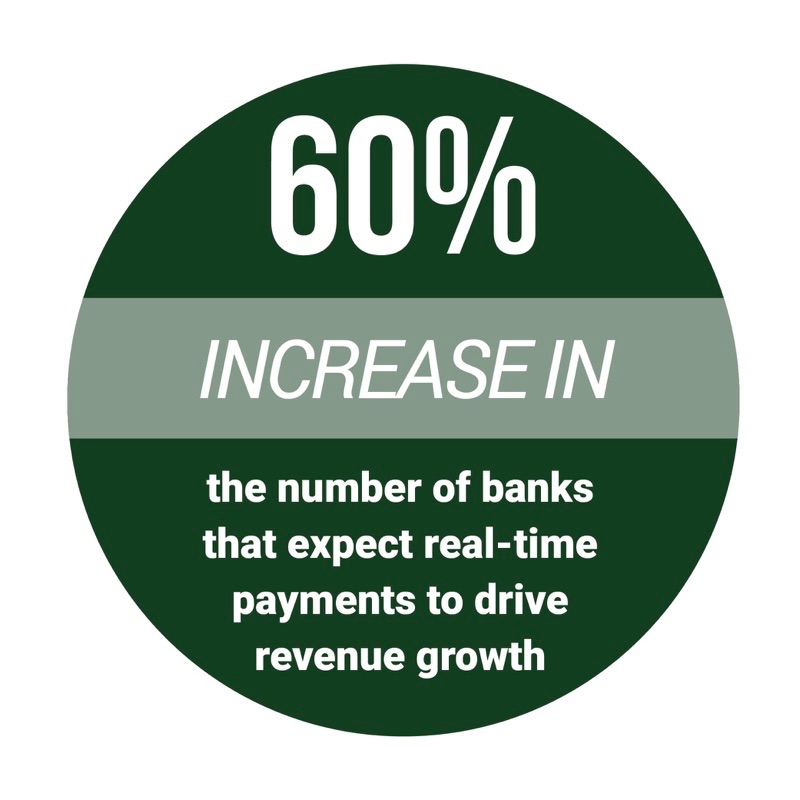NEW REPORT: Minding Faster Payments Global Gaps

The need for faster payments is transcending borders, with FIs in several major global regions making efforts to expand local access to speedier payments. These innovations not only promise to improve payment speed, but to also accelerate financial access and empowerment in different markets.
In the July Faster Payments Tracker, PYMNTS takes a look at global efforts to broaden the reach of faster payments, and how the availability of these systems is changing each respective market.
Around the Faster Payments World
Several U.S. banks are putting their payment tools into overdrive.
First, BNY Mellon recently announced that it became the first bank to enable Request for Payment messages using The Clearing House’s (TCH) Real-Time Payments (RTP) network. BNY Mellon can now offer messaging capabilities to its corporate and financial institution clients to pay eInvoices and eBills, as well as to transmit such data as the confirmation of delivery and request for information.
Meanwhile, the Zelle network recently gained a new member. Bank of the West announced that it will become part of Early Warning’s Zelle network beginning in the second quarter of 2018. Bank of the West customers will be able to use the bank’s mobile app to make person-to-person payments using a recipient’s email address or mobile phone number, with funds sent within a few minutes.
In Africa, a recent partnership between two mobile wallet solutions providers is enabling the quick delivery of funds across borders. Orange Money Botswana and EcoCash recently collaborated to make it easier for Zimbabweans living in Botswana to send money home to family members across borders. Money is sent to recipients’ EcoCash mobile wallets.
Offering smoother cross-border payments is also the motivation behind a recent faster payment development for the U.K.’s payment systems. The Bank of England recently announced that CHAPS, Bacs and the U.K. Faster Payments Scheme will see the implementation of the international messaging standard known as ISO20022. The goal of the implementation is to bring more detail to the data that businesses and consumers can obtain when completing transactions.
Looking Back on 10 Years of Faster Payments in the UK
As one of the U.K.’s payment systems celebrates its 10th anniversary, it’s time to reflect on the system’s strengths — and some of the gaps that still need to be addressed.
In 2008, the U.K.’s Faster Payments Scheme officially made its debut. In the decade since, the system has been used to facilitate more than 9.1 billion payments, and is currently used to make 1.4 billion payments valued at more than £1 trillion each year.
But while the increased speed of payments is enabling U.K. consumers to exercise greater control over their financial lives, the Faster Payments system has also presented challenges, according to John Hutton, director of payments for Nationwide Building Society. For the July feature story, Hutton spoke with PYMNTS about how the availability of faster payments makes it challenging for banks and FIs to keep up with scams and the efforts needed to protect consumers from fast-acting fraudsters.
About the Tracker™
The Faster Payments Tracker™ is your go-to resource for staying up to date on a month-by-month basis. The Tracker highlights the contributions of different stakeholders, including institutions and technology, coming together to make this happen.

